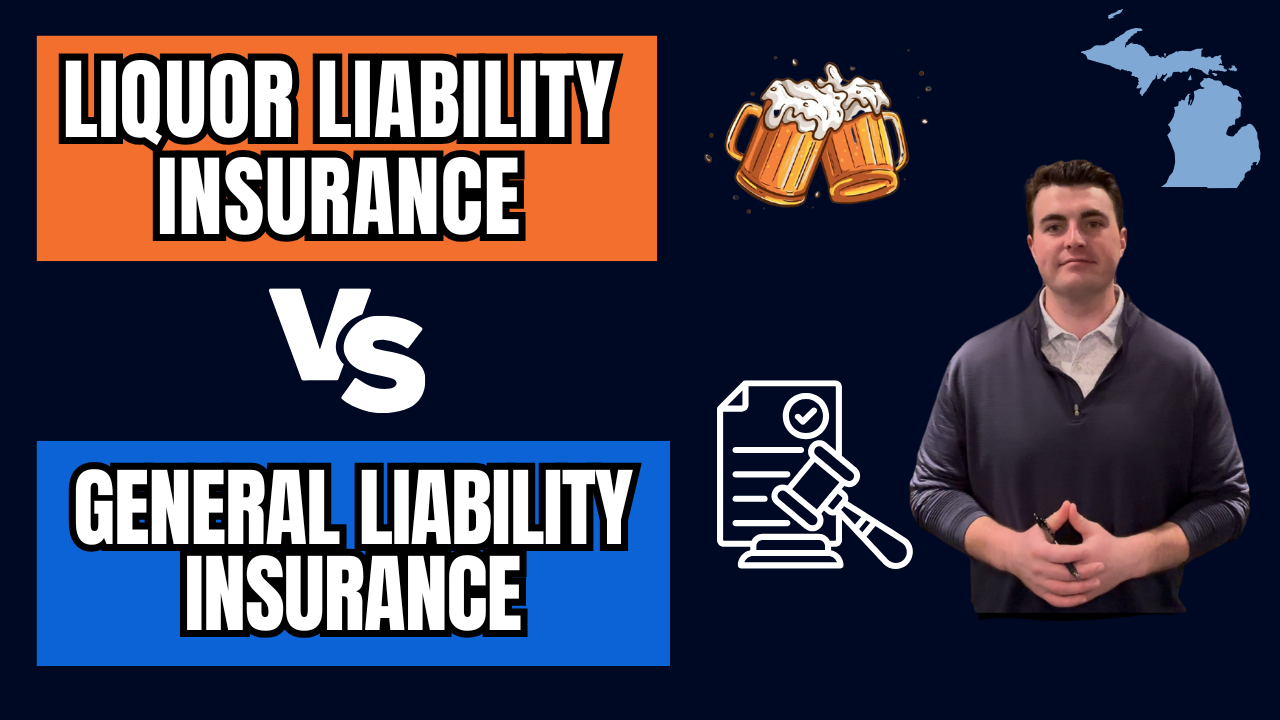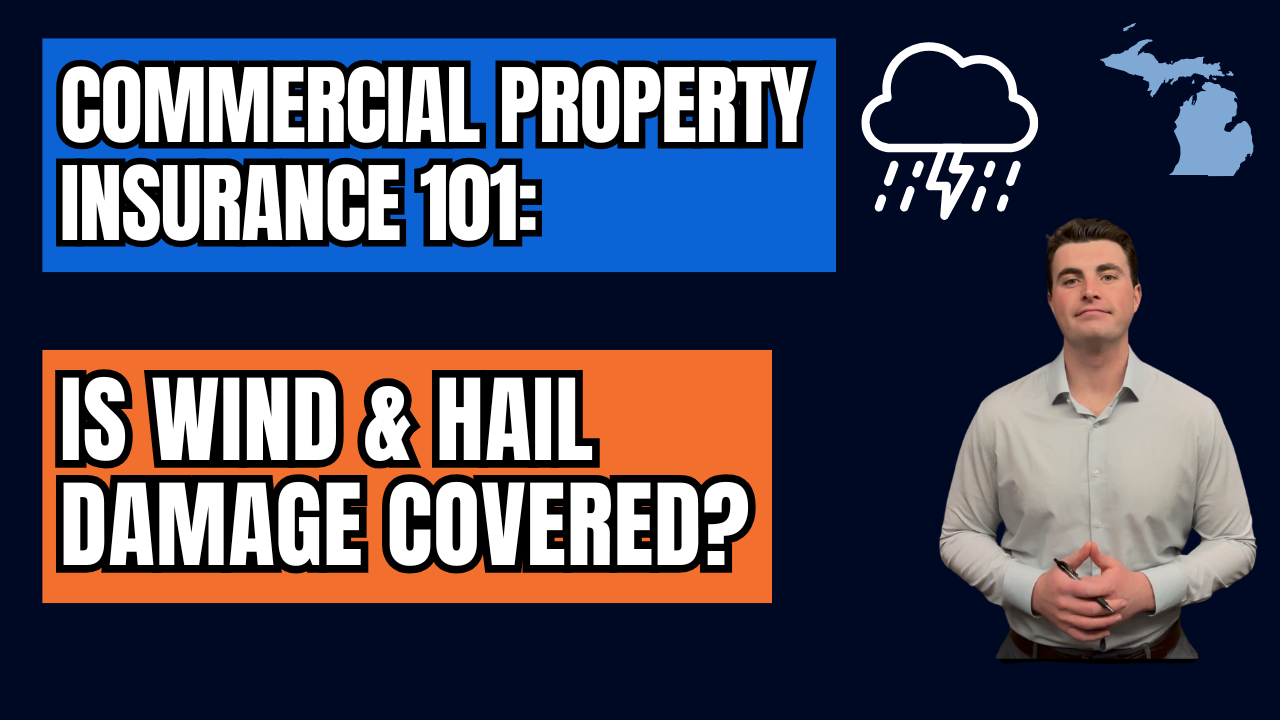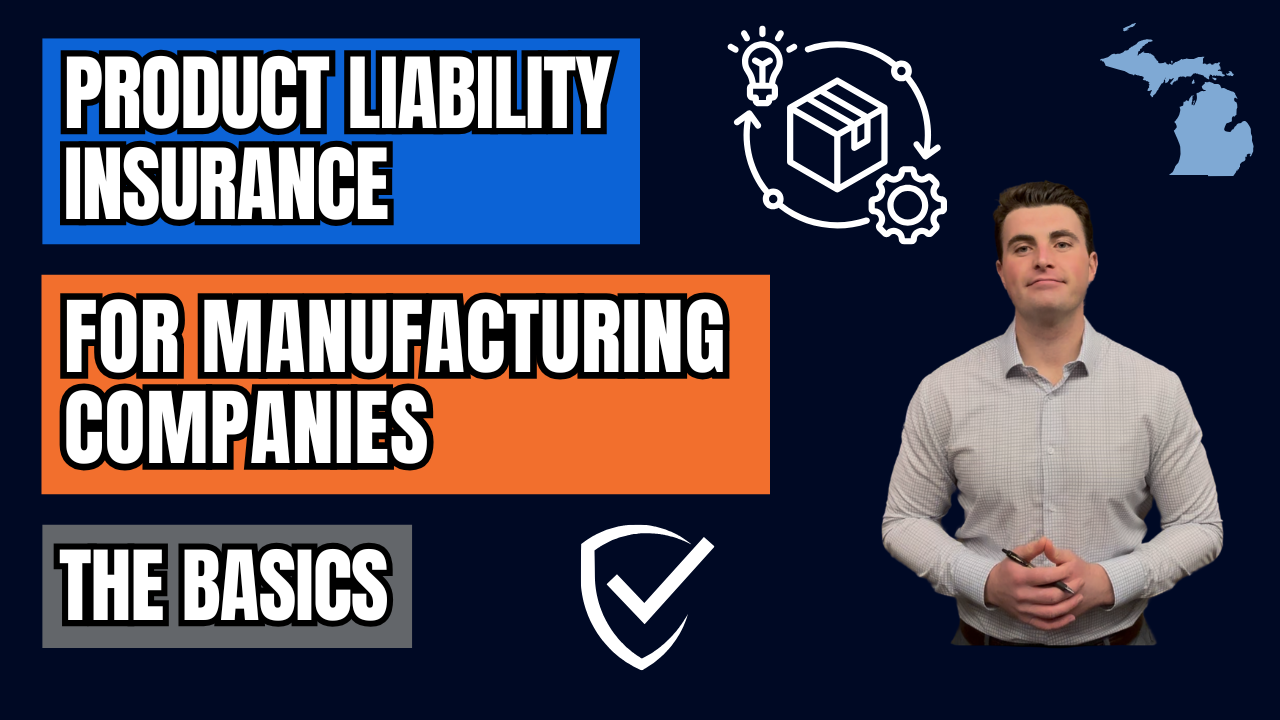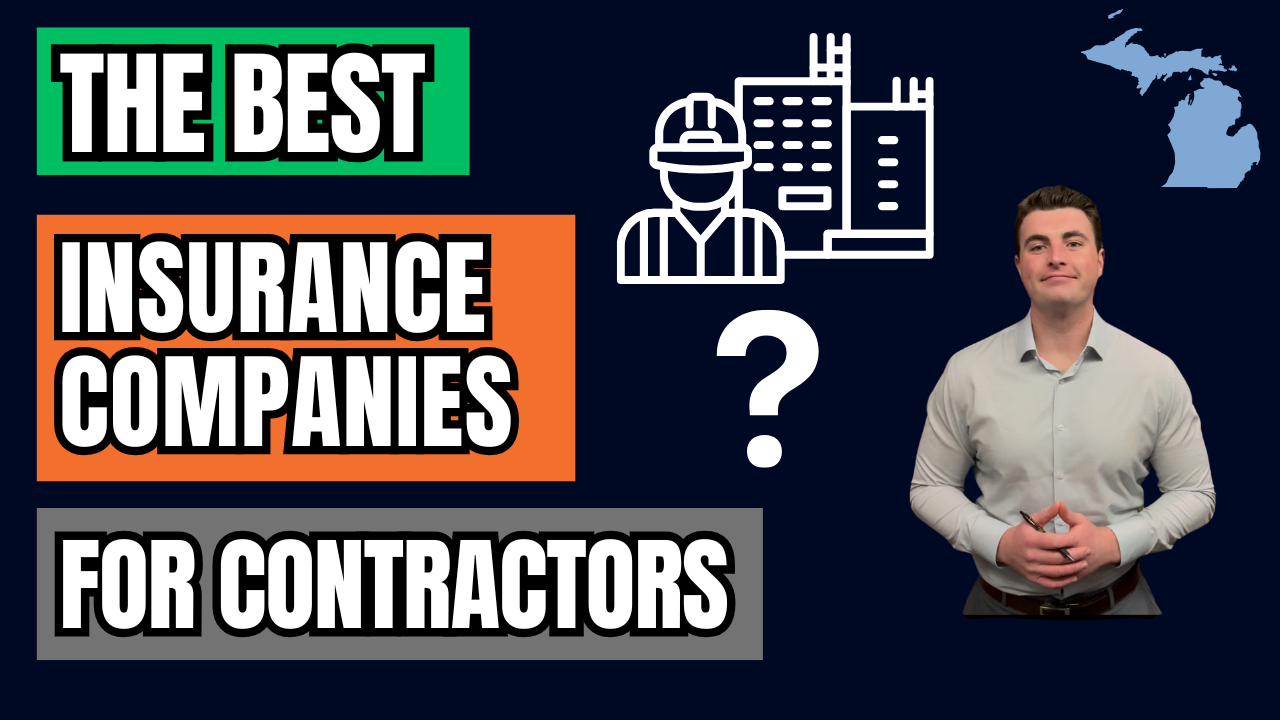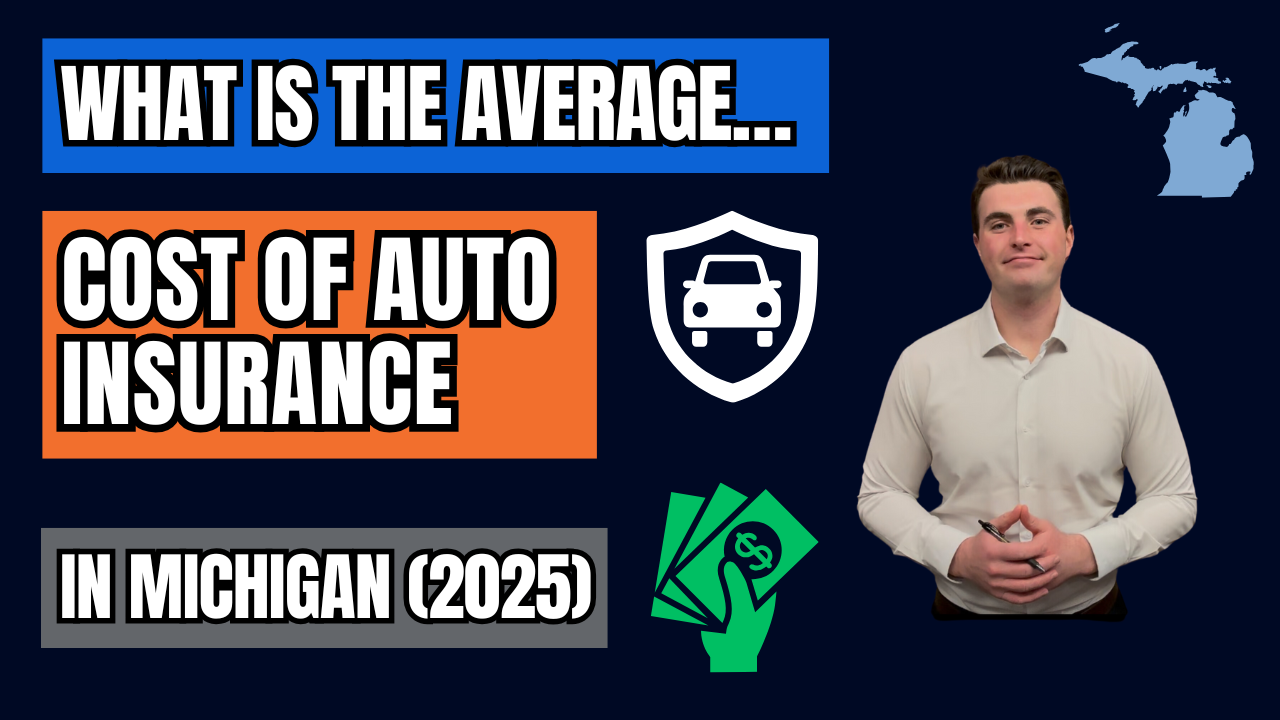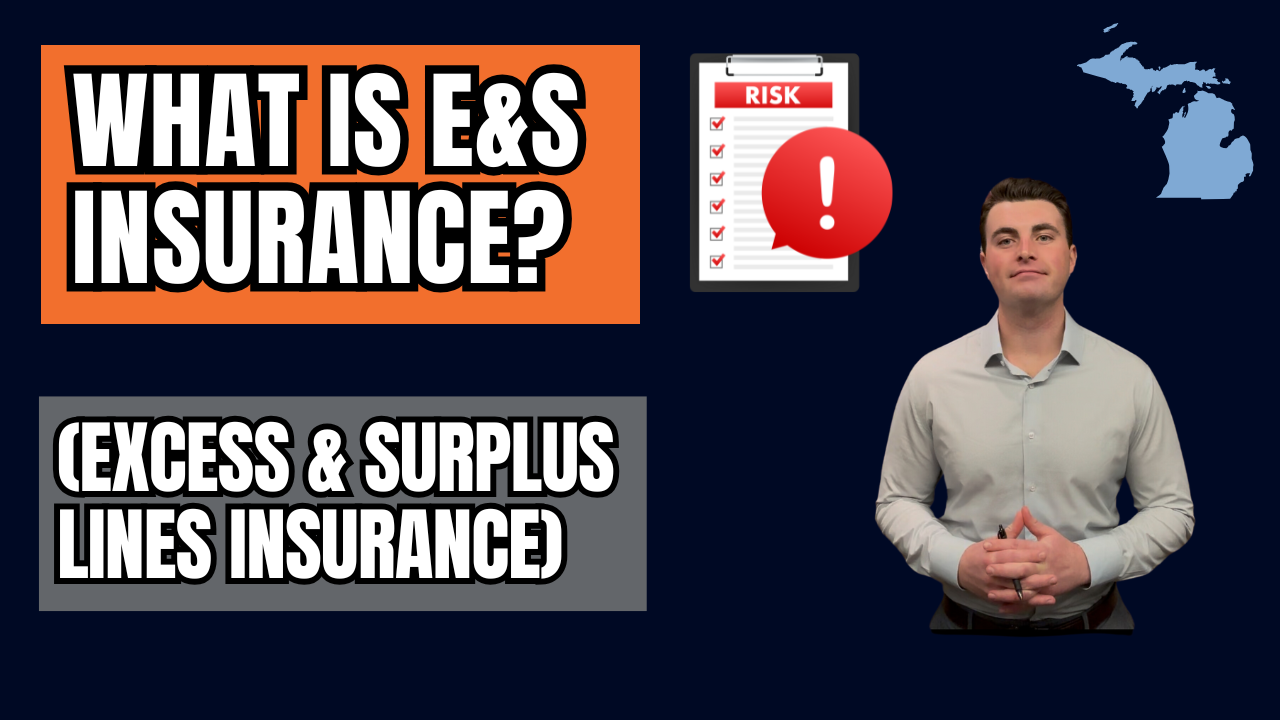Tech E&O Insurance: Common Exclusions and Key Coverage Considerations
Tech E&O Insurance: Common Exclusions and Key Coverage Considerations
If your business provides software, IT services, or technology consulting, having a Tech E&O (Errors and Omissions) policy in place is a smart move. But just as important as knowing what the policy does cover is understanding what it does not cover. The exclusions in a Tech E&O insurance policy can leave gaps in your protection if you’re not careful.
Here are some of the most common exclusions found in Tech E&O policies and what you need to know about each:
1. Intentional Wrongdoing or Fraud
Tech E&O policies are designed to protect against negligence—not intentional acts. If you or an employee are found to have knowingly caused harm, committed fraud, or acted with malicious intent, the policy will not cover those claims. No insurance policy will protect you from deliberate misconduct.
2. Bodily Injury or Property Damage
E&O policies generally focus on financial losses stemming from professional mistakes or omissions. They typically exclude coverage for physical injuries or property damage. If someone is physically hurt or their property is damaged due to your services or products, you’ll need a General Liability policy or a specific endorsement on your Tech E&O policy to cover that exposure.
3. Contractual Liability
If you're sued for failing to meet the terms of a contract, that claim might not be covered unless the liability would have existed even without the contract. Most Tech E&O policies exclude breach-of-contract claims unless specifically endorsed. Contract language matters here—careful review and negotiation of contract terms is part of your broader risk management.
4. Product Liability
If your business sells or manufactures hardware or other physical products, Tech E&O likely won’t cover claims related to product defects. That type of risk typically falls under Product & Completed Operations coverage found on a General Liability policy—or, for certain products, you may need a standalone Products Liability policy.
Other Important Considerations for Tech E&O Coverage
Understanding exclusions is just one part of evaluating your Tech E&O policy. There are a few additional things to be mindful of when setting up or reviewing your coverage:
Definition of “Professional Services”
Every insurance policy has its own definition of what constitutes “professional services.” If your tech business does work that falls outside of that defined scope, those activities may be excluded. Make sure your policy accurately reflects the full range of services your company provides.
Coverage Limits and Sub-Limits
Even covered claims may be subject to limits and sub-limits. For example, a $1 million policy might only pay out $250,000 for a specific type of claim due to a sub-limit. Understanding how these limits work is key to avoiding surprises during a claim.
Final Thoughts
Tech E&O insurance is a powerful tool for protecting your business from claims of negligence or mistakes in the services you provide. But exclusions, definitions, and coverage limits all play a major role in how well your policy protects you. By knowing what’s not covered, you can ask smarter questions, add supplemental policies if needed, and build a more complete risk management strategy for your tech company.
Need help reviewing your Tech E&O policy or filling in the gaps? Contact us today to make sure your business is fully protected.
Contact Us
We will get back to you as soon as possible.
Please try again later.
